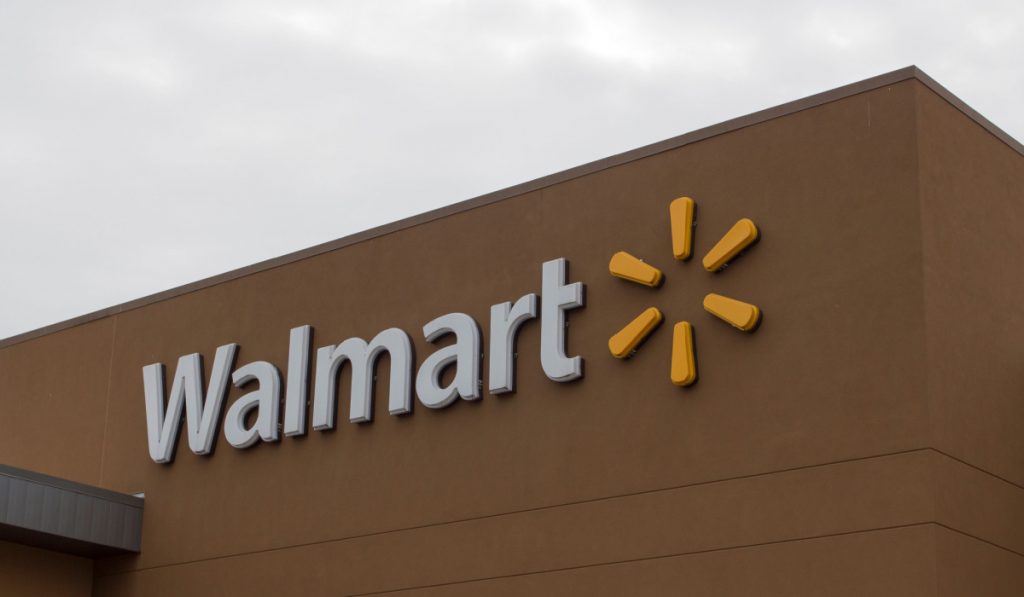Highlights:
- Walmart has come up with a refined CI/CD pipeline, where various capabilities have been integrated within WCNP, to attain a solid DevOps.
- The company wishes to switch fully to automation soon with no human decisions at any level.
To attain digital transformation, organizations frequently must come up with new technologies. Organizations generally customize them so that it will be suitable for their company-specific use cases or end goals.
Due to complicated company-specific cloud tools, a trend is evolving where they match with the “supercloud paradigm”. A more suitable example of this is the Kubernetes-based Walmart Cloud Native Platform or WCNP.
Jack Greenfield, Chief architect of the global tech platform and Vice president of enterprise architecture at Walmart Inc. stated “WCNP is essentially an implementation of Kubernetes for the Walmart ecosystem. And what that means is that we’ve taken Kubernetes off the shelf as open source and integrated it with a number of foundational services that provide other aspects of our computational environment. Kubernetes, off the shelf, doesn’t do everything, but it delegates a lot of key functions through APIs.”
While talking with a leading digital broadcast community, Greenfield discussed Walmart’s foray into the supercloud. Also, they spoke about their in-house WCNP solution.
A Refined and Sophisticated CI/CD Pipeline
As per Greenfield, continuous integration and delivery are foremost for any digitally driven company. Eyeing this, Walmart has come up with a refined CI/CD pipeline, where various capabilities have been integrated within WCNP, resulting in solid DevOps. By doing this, there will be no need for manual integration, activation, or operation in processes.
Greenfield added “Within a Kubernetes cluster, there’s a function that is critical to allowing services to discover each other and integrate with each other securely and with proper configuration provided by the concept of a service mesh. So Istio, Linkerd, these are examples of service mesh technologies. And we have gone ahead and actually integratd those two, for example.”
It is beneficial for developers to manage and tune the existing YAML data serialization language as this cloud platform has been equipped with configuration points.
Greenfield said “At the end of the day, it offloads an awful lot of work from them having to stand up and operate those services, fail them over properly and make them robust. All of that is provided for.”
Walmart has set some objectives regarding the creation of WCNP. The first and foremost is, bettering developers’ productivity by subtracting said inefficiencies. The second is resilience improvement by reducing human error. The third and a prime objective is, to go away from the underlying cloud provider, to avoid or neglect typical dependencies with ready-made enterprise cloud solutions, Greenfield highlighted.
He said, “One doesn’t want to take dependencies on a cloud provider that doesn’t add a lot of value. And with Kubernetes, we have the opportunity, owing to how Kubernetes was designed and why it is the way it is, to sort of abstract from the underlying cloud provider for stateless workloads on compute.”
A Robust Infrastructure
Their tri-point approach is equally significant as the WCNP. The deployment approach is where workloads have been differentiated between on-premises private clouds and two public cloud services. Following this, the company can easily operate the public cloud’s “elasticity” and reduce the traffic load induced by the private cloud, as per Greenfield.
He added, “This is a very important paradigm that I think is going to be very commonplace, ultimately. As the industry evolves, private cloud is easier to operate and less expensive, but the public cloud provider capabilities are difficult to match.”
Substantially, each architecture type in the eastern, western, and central regions of the United States is operated by Walmart in different instances. The proper configuration indulged to reduce latency between each center to under 10 milliseconds, which anyway increases the cost-efficiency for cross-infrastructure interaction.
To attain full automation, the company wishes to convert ongoing human decisions of where particular workloads run in the overarching infrastructure. This might be done in coming future.
Greenfield stated, “We’re actively developing patterns and practices that will allow us to automate the placement of the workloads for a variety of criteria. For example, if in a particular region a particular provider is heavily overloaded and is unable to provide the level of service that’s expected through our SLAs, we could choose to fail workloads over from the cloud provider to a different one within the same region.”














